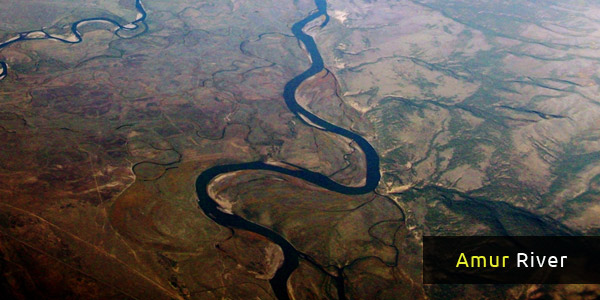
Rivers Of The World
Posted By MariaA river is a natural source of freshwater. It follows a particular course for its flow and eventually meets an ocean, a sea or a lake or combines with another river. There are many rivers all around the globe which vary in size and length. In the entire world, the number of principal rivers equals 165. In addition, there are thousands of other smaller rivers as well flowing through different regions on the planet earth.
Here is information about the most important of the major rivers of the world.
River Nile
Nile is the world’s longest river covering 6,695 kilometers. Its headstream begins at central Africa’s Luvironza River situated in Burundi. From this point, River Nile flows towards its delta on the Mediterranean Sea in North Eastern Egypt. During its course, the stupendous river flows through different countries of Africa, including Egypt, Sudan, Kenya, Rwanda, Congo and some others.
River Nile carries immense economic significance for Egypt since it is the most important source of water for the country’s agricultural sector. It also supports cash crops in Sudan. In addition, the river is also used for navigation purposes as well as for the production of hydroelectric power.
The Amazon River
Flowing to a length of 6,280 kilometers, the Amazon is the second longest of all the major rivers of the world. However, in terms of the quantity of water being carried, the Amazon River earns the first rank. Its huge drainage basin covers an area of 6,475,000 square kilometers which is thirty-five percent of the entire South America.
The origin of the river lies in the Andes Mountains of North Peru where two headstreams – Ucayali and Maranon – form a junction that gives rise to the Amazon. The river runs through North Brazil and eventually flows into the Atlantic Ocean.
Mississippi – Missouri
Mississippi is the longest river of the United States. It flows to a length of 3,780 kilometers. The most important tributary of the river is Missouri. The length of the Mississippi – Missouri system is 6,020 kilometers which makes it rank as the third longest river on the earth. The river carries immense importance owing to various factors. It is a rich source of freshwater fish as well as shrimp. Its water irrigates cotton and rice crops in the valley of lower Mississippi. In addition, the Mississippi delta is a source of oil, gas and sulfur.
Chang Jiang
Chang Jiang, also known as Yangtze, is Asia’s longest river. It flows through the central China. At Shanghai, it flows into the China Sea. The total length of the Yangtze riveris 6,245 kilometers. Along with its tributaries, the river covers an area of over 1,942,500 square kilometers. Its flows across one of the most populated areas of the world and serves as an important route for transportation and trade.
River Ob
River Ob ranks as the fourth longest river in the world. The Biya and Katun rivers, originating in the Altai range, form a junction which gives rise to the River Ob. It runs through the Western Siberian Russia and is 3,700 kilometers long. Its principal tributary is Irtysh which extends the length of the Ob River to 5,600 kilometers. The river remains frozen for around half a year. However, for the rest of the year, it serves as an important transport route for trade. In addition, it also operates an important hydroelectric power station at Novosibirsk. Moreover, at the middle and lower part of the river, the basin provides Russia’s largest deposits of oil and gas.
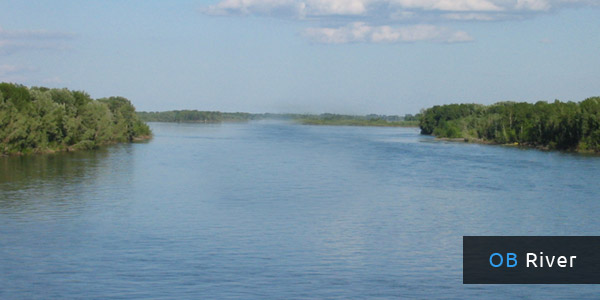
Yenisei River
Yenisei is the major river of Siberia. It is 4,020 kilometers long and runs through central Siberian Russia. A junction between the rivers of Bolshoi Yenisei and Maly Yenisei of the East Sayan Mountains forms the Yenisei river which then flows towards the west and enters the Kara Sea. The river freezes during the winters. The ice begins melting during the spring and leads to a great deal of flooding.
Since the upper course of the Yenisei River is turbulent, it is used to generate power through the huge hydroelectric power stations at Krasnoyarsk and Sayanogorsk. In addition, the lower reaches of the river offer a source of salmon and sturgeon.

Parana River
The Paranaiba and Rio Grande in south east Brazil combine to form a junction which gives rise to the Parana River. It is 3,200 kilometers long and ranks as South America’s largest drainage system. It combines with the Uruguay River at Rio de la Plata where an enormous delta exists. The Parana River provides the main route for commercial transport to the south eastern region of South America.
River Congo
River Congo is one of the most popular rivers of the world. Flowing through the equatorial Africa, it extends up to 4,380 kilometers in length. This huge water body is created by the River Lualaba and one of its tributaries, the Luvua. The course taken by the Congo River is towards the North and West of the country Congo. Its waters finally drain into the mighty Atlantic Ocean.
River Amur
Amur is one of the most important waterways of the Asian continent. It is formed by the rivers Shika and Onon and flows to a total length of 2,900 kilometers. Amur has three important tributaries – Ussuri, Zeya, Bureya and Songhua. A large part of the river forms 1,610 kilometers of the border between China and Russia and then runs north east across Russia. Finally, it flows into the Tartar Strait.

River Lena
Lena is one of the mighty rivers flowing through Siberia. It is 4,300 kilometers in length. The Russians reached River Lena for the first time in 1630. Its course begins from northeast and takes a turn towards the north and then runs along the eastern region of the central Siberian uplands. There are two chief tributaries – Vitim and Aldan. The river flows parallel to the Verkhoyansk Range. It eventually empties through a wide delta into the Arctic Sea. The importance of Lena is immense since coal and gold deposits are found along the river.
River Mackenzie
The Mackenzie River emerges from Great Slave Lake in Canada. It takes the North West direction and flows into the Arctic Ocean. During its course between Great Slave Lake and Lake Athabasca, it is known as the Slave River. At the Athabasca Lake, the Mackenzie River is joined by the Athabasca River and the Finaly-Peace River System, forming the Finaly-Peace-Mackenzie system. This system is 180 kilometers long and ranks as North America’s longest second continuous stream.
River Niger
The mighty river of Western Africa, Niger runs 4,180 kilometers long. It rises on the plateau of Fouta Djallon and flows into Guinea and Mali. Inside central Mali, River Niger forms an important inland delta which is marked by a network of channels and small lakes. This allows irrigation of around 250,000 acres of land for agriculture through an irrigation project which includes an important dam at Sansanding.
River Niger leaves Mali and takes a bend towards the Republic of Niger. It then flows through Nigeria. English explorers discovered the fate of the river in 1830 which is the Gulf of Guinea.
River Mekong
River Mekong flows through South East Asia and covers a course of 4,180 kilometers. Its origin lies on the highlands of Tibet at Rup-sa Pass. The river flows through Yunnan and then forms a border between Myanmar and Laos. It flows East and South through the north western part of Laos and then forms a part of the border between Laos and Thailand. From there, the river flows downwards towards the Cambodian plain. Finally, River Mekong flows into the China Sea through its huge delta which consists of numerous distributaries.
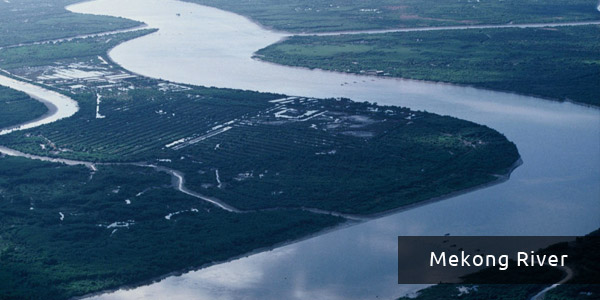
River Indus
Pakistan’s chief river, the Indus, runs up to a length of 3,060 kilometers. It originates in the Tibetan Himalayas through the Kailas Range. The river flows through Jammu and Kashmir, enters India and then turns south west into Pakistan. Finally, Indus flows into the Arabian Sea.
In Pakistan, five major rivers – Jehlum, Chenab, Beas, Sutlej and Ravi – flow into the Indus at the plains of Punjab. The river consists of turbulent waters which make it inappropriate for navigation. However, it is a very important source of water for the agriculture sector as well as for the generation of hydroelectric power.
There are numerous other important rivers flowing through different regions of the globe. These enormous water bodies carry a great deal of significance for different sectors including agriculture, tourism and power generation. Apart from their uses, these rivers are a wonderful and awe-inspiring creation of Nature.
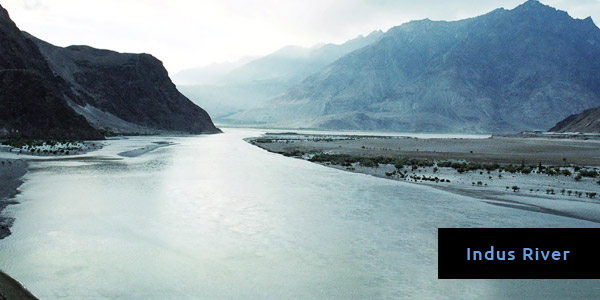
Rivers in The World - Latest Articles
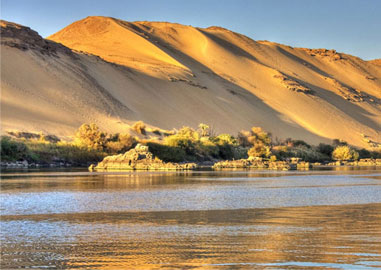
Largest River in The World
Posted By IsacThousands of rivers flow through different parts of the earth and enrich it with precious...
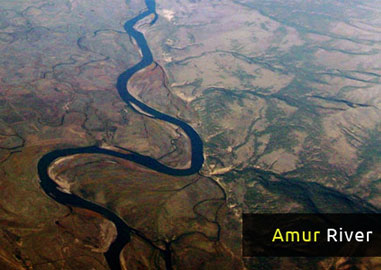
Rivers Of The World
Posted By MariaA river is a natural source of freshwater. It follows a particular course for its flow and...

Major Rivers in Europe
Posted By M.IsacA large number of rivers flow through the continent of Europe. Some of them form boundaries...
